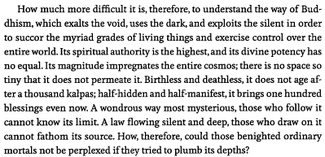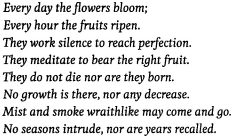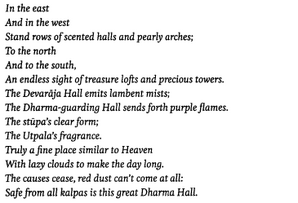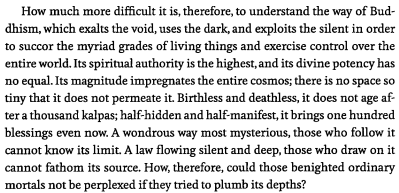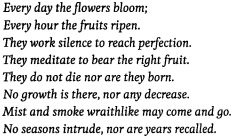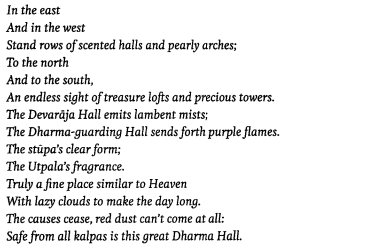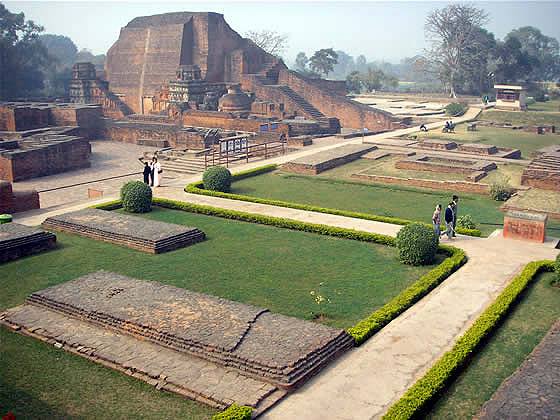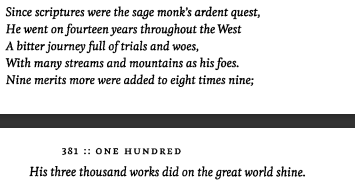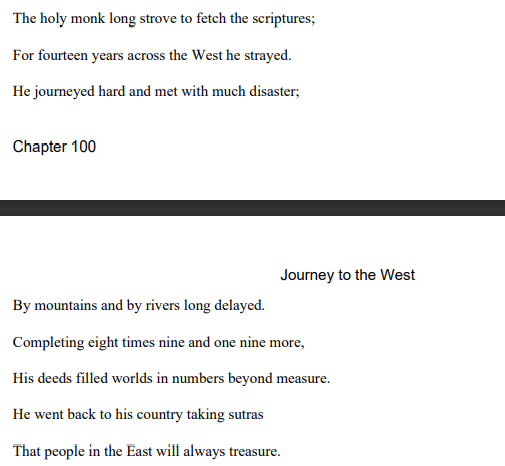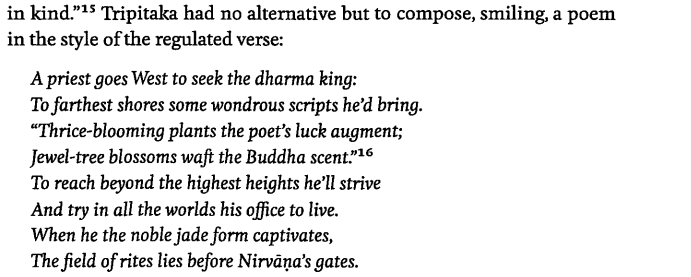That's not what the text is saying. "The Great Way's causes the cosmos imbue" means "The causes of the Great Way imbue the cosmos," not "The Great Way causes the imbue of the cosmos." The latter doesn't even make sense grammatically, since "imbue" is a verb, not an adjective.
Anyway, let me just present the quotes in question:
And for cross-referencing's sake, here's another, less archaically worded translation:
Bringing to attention this bit in particular:
In the latter translation, it states that in the body and mind of a single person, all dharmas are the same, with "dharma" in this context meaning the phenomena of the world, and as such referring to any object or thing present in our everyday, perceivable reality. The first translation says much the same, since "ten thousand things" in the context of Chinese Philosophy is a term used to refer to the full set of all things in existence. So, what this paragraph says is basically that a single person somehow also contains the whole of existence within themselves, and that to comprehend this principle, one must attain the state of "no-mind."
I did some further reading into Buddhism, as well as the whole concept of how small things can paradoxically contain large things, and in my searches I found this bit of information:

en.m.wikipedia.org

en.m.wikipedia.org

en.m.wikipedia.org
So, someone can correct me if I am wrong, but from the looks of it, it seems like there is no actual hierarchy of universes here: Small things (e.g. A mustard seed) containing large things (e.g. The Sumeru) seems to be just a metaphor for how, in Buddhist Cosmology,
all phenomena are interdependent on each other, and as such there are no such things as separate, discrete objects. All things then are in a state of "interpenetration," where every part contains and reflects the whole (As illustrated by the analogy of Indra's Net)
So, yeah, I heavily doubt the validity of High 1-B here, given that. In fact, given how the idea that there is a literal hierarchy of universes-within-universes seems fairly important to the verse's tiering (So much so that it features on the explanation blog), I'd wager a reexamination of the cosmology may be in order, if what I say is correct.


